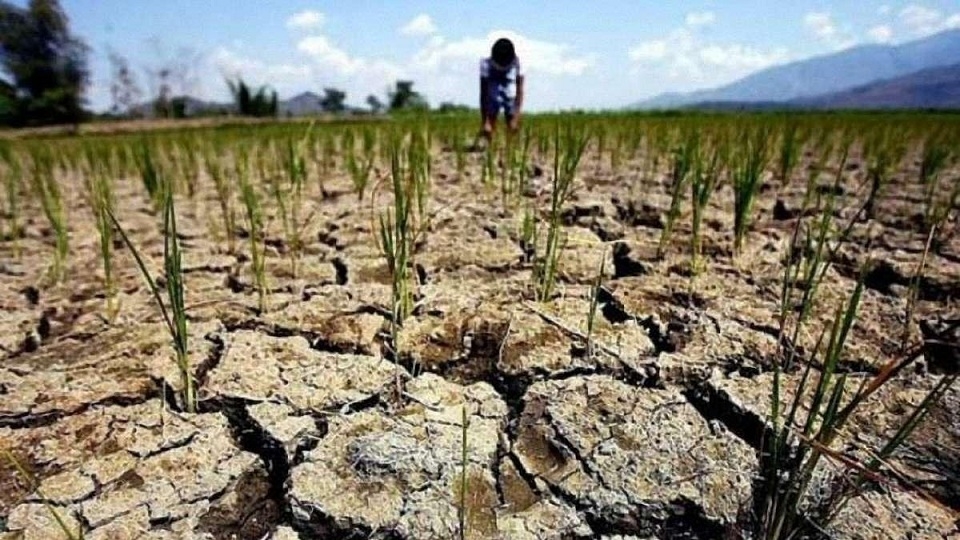Canada: Prairies have made a slow slide into drought

We had a fairly major storm system on the Prairies last week, but it was not strong enough to warrant major attention.
Manitoba received the most moisture from this system, with widespread 20 to 30 millimetres of rain mixed with snow. The northern half of agricultural Saskatchewan, along with the far eastern regions, also saw totals ranging from five to 15 mm. Parts of southern and central Alberta had precipitation, mostly as snow, with amounts ranging from four to 12 cm.
While this moisture is welcome, it will do little to alleviate drought conditions that have been developing across the Prairies for several years.
The accompanying table looks at yearly precipitation for two main centres in each province going back five years (2018-23).

What jumps out at me is the precipitation deficit in Regina and Saskatoon. Both locations have received 700 mm less than average. Calgary and Edmonton had much lower deficits, around 200 to 300 mm.
The table shows yearly precipitation totals for each location compared to average. What jumps out to me right away is that very few locations and years were above average, which shows why the Prairies have been slowly slipping into a longer-term drought.
Showing precipitation at each location over the last five years also helps visualize total amounts without considering averages. Of interest is that totals for Winnipeg, Brandon and Edmonton are close to each other and Calgary is only a little behind. As expected, Regina and Saskatoon received much less precipitation than the other locations, more than a metre less.

Drought hotspot This map shows total precipitation across the Prairies over the five-year period ending March 31. Much of the western half of Saskatchewan and the southeastern part of Alberta have totals less than 1,500 millimetres. Northeastern Alberta and southeastern Manitoba have precipitation totals three times greater, at more than 4,000 mm.
When breaking total precipitation into yearly amounts, there is not a lot of difference between the years, but 2022 was a wet year for Winnipeg and Brandon.
There is no obvious cause for the build up of drought conditions, such as a couple of super dry years. Rather, the slow lack of precipitation over the past five years has brought us to this point.
We have also seen several summers with well above average temperatures across the Prairies, which increases evaporation and evapotranspiration and makes below average precipitation even worse. It will take more than a couple of wet months to bring an end to the drought. Hopefully, with El Nino coming to an end, we will see a shift toward a wetter pattern.
Write to us
Our manager will contact you soon



